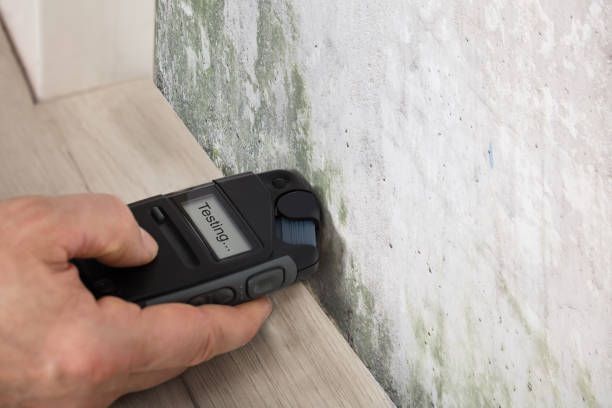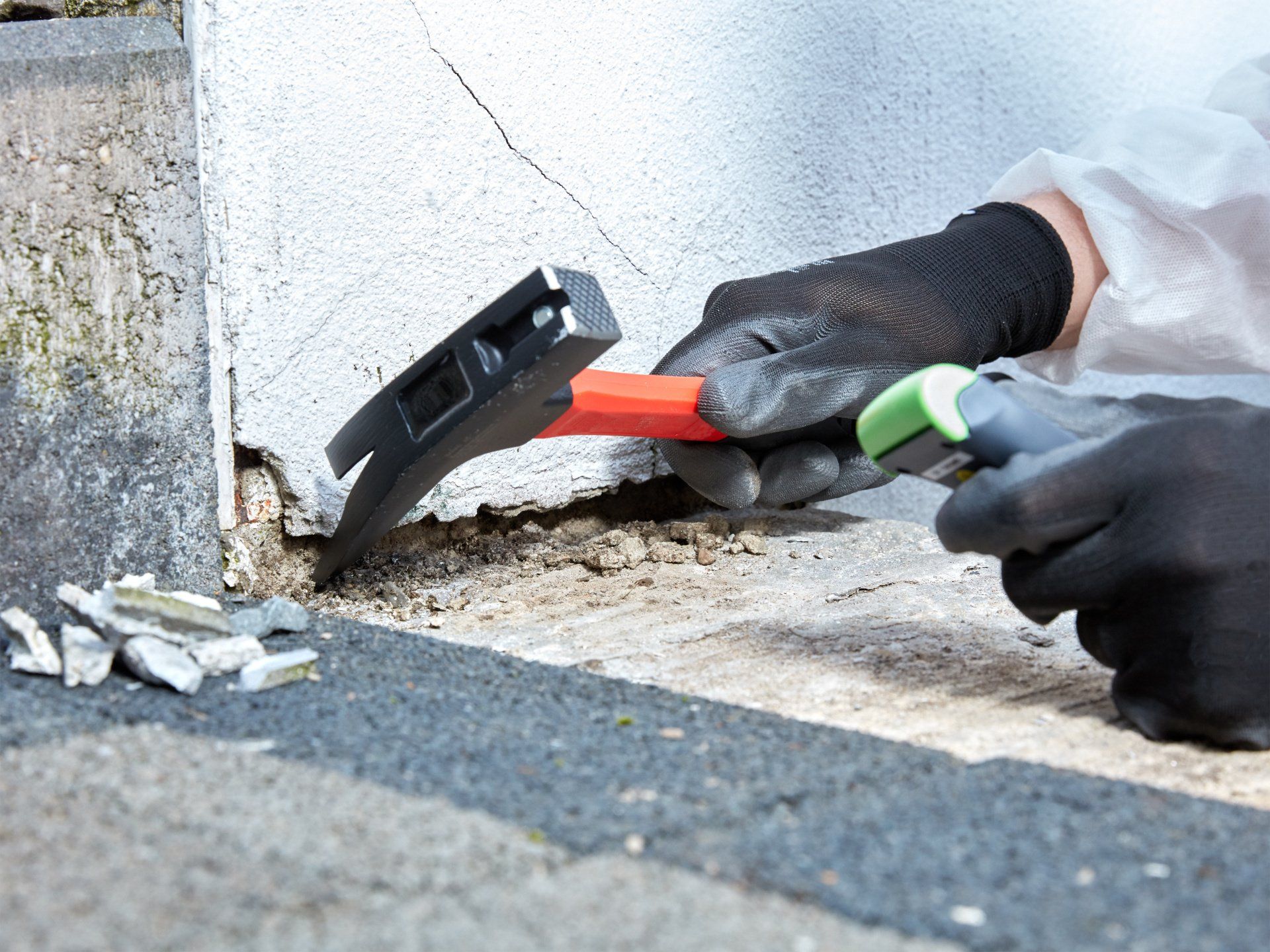WHY CLEAN AIR ENVIRONMENTAL SOLUTIONS?
Clean Air Plus is an indoor environmental company that specializes in Indoor Environmental Pollutants that could be making you and your family sick. We are a solutions company that provides answers for Sick Building Syndrome through detailed inspections and testing. We specialize in finding the sources of Sick Building Syndrome.

A Healthy Family Starts Here
Clean air is essential for a healthy home or office. According to the EPA, most indoor environments have up to 100 times more pollutants than outdoor air. Chemicals emitted by common products can cause irritation, breathing trouble, and even illness. Indoor air quality can be affected by temperature, humidity, ventilation, and chemical or biological contaminants found within.
If you'd like more information about having your home tested for air quality, click the link below.
"SICK BUILDING SYNDROME"
Mold is the leading cause of Sick Building Syndrome and can have a dire effect on health. In fact, in about 80% of sick building syndrome cases mold Infestations (Black Mold and other types) are the main causes of illness.
Scientists have identified a specific gene and develop a Diagnostic that can suggest whether a person's immunity system cannot identify kill, and remove these Molds and associated chemicals from the body. Approximately 25% of people have this genetic predisposition to Mold exposure.
Sick Building Syndrome, a situation in which the occupants of a building experienced acute health- or comfort-related effects that seemed to be linked directly to the time spent in the building.
Meet Reba The Mold Detection Dog
Indoor Air Quality Experts
Clean Air is an indoor environmental company specializing in hidden indoor environmental pollutions that could be making your family sick. Our contractors ensure your house is fixed correctly and in a timely manner, so you can get back to living.
30-Minute Air Quality Test
On-Site State of the Art Testing for Contaminant Levels
Biological Pollutants
Mold, bacteria, dander, pollen, and dust mites can cause allergic reactions such as hypersensitivity pneumonitis, allergic rhinitis, and some types of asthma.
Chemical Pollutants
Volatile organic compounds like formaldehyde, lead and radon can cause serious health problems, including an increased risk of cancer.
Combustion Pollutants
Most indoor pollutants result from the burning of fuel and include carbon monoxide and tobacco smoke. Children are particularly susceptible to combustion pollutants.
A Checkup For Your Home
In just 30 minutes, you will know what is affecting your health. Our 30 minute air test service has six sensors that measure: Dust Particles, Chemical Pollutants, Carbon Dioxide, Carbon Monoxide, Temperature and Relative Humidity. You’ll get a full report that highlights any possible areas of concern. Do you go to the doctor for a complete physical? This is a physical for your home or business!
Environmental Consultant Services
We are are here to guide and support you through each step of your home transformation process. We begin with test your air quality then form a plan to remediate any problems.
Don't Let Mold Grow Unchecked
Our Environmental Consultants provide Expert Mold Testing
Nearly every day, we are exposed to mold without ill effects. Whether or not those exposed to mold develop symptoms is determined on the type of mold, the quantity of exposure, and the sensitivity of those affected. Mold spores, especially when spore counts are high, create health problems when they enter the air and are inhaled.
Mold can grow in your home within 24 to 48 hours of a water occurrence. Leaks can be found inside walls, under cabinets, and even in the attic. Mold can grow in your home if there is enough moisture, such as from flooding in your crawlspace or poor ventilation in your bathroom or kitchen. Call Clean Air Solutions today to schedule an air quality test to keep your family healthy!
Our Approach To a Healthy Home
The environmental consultants at Clean Air are trained to quickly test the air in your home for any contaminants. If contaminants are found outside of acceptable limits, we work with the client to form a plan for identification, removal, any affected areas. We make sure you are back in your home as fast as possible and with as little disruption to your daily life as we can manage.
Our environmental consultants are here to guide you to clean, healthy indoor air.
Water Damage Can Destroy Your Home's Value
Clean Air takes the stress out of the mess of a water damage restoration. When you call you are speaking directly with our experienced staff who will quickly dispatch a technician to assess the damage. We will help you file any insurance claim and provide solutions to get your family back in your home safely and soon.
Transform Your Basement
Our environmental consultants will evaluate your basement for any potential problems. We use the latest building technology to waterproof your basement and increase your home's useable square footage.
Call today for a quote!
What are the benefits of air duct cleaning?
Improved Air Quality
When harmful particulates are floating in your air, your family may experience symptoms such as asthma, chronic coughing, or increased sinus infections.
Lower Energy Costs
With clean ducts and filters, your HVAC system will work to optimum capacity. The lowered pressure inside the system translates to lower energy costs.
Odor Elimination
Many times when mold begins to grow in any area of your HVAC system, you notice a bad odor. We clean and sanitize your duct system eliminating these harmful odors.
Elimination of Harmful Bacteria
This is the text area for a paragraph describing this service. You may want to give examples of the service and who may benefit.
Ready to get started?
Call us at (800) 611-3826
Superior Products.
Outstanding Customer Service.
Clean Air combines rigorous scientific knowledge, familiarity with regulatory standards, and technical competence to undertake extensive environmental evaluations in order to detect and minimize hazards to your and your family's health.
Let’s Talk About Your Project
QUALIFICATIONS/CERTIFICATIONS
- Mold Bacteria and Microbiological Contaminants
- NAMP -The National Association of Mold Professionals
- The Environmental Institute
- NATMR - National Association of Toxic Mold Remediators
- Recommended by all health departments in the following states: Kentucky, Ohio, and Southern Indiana.
AFFILIATIONS
- Accredited Member of The Better Business Bureau
- Industrial Hygienists
- Certified Environmentalists
- Environmental Physicians
- Accredited Certified Laboratories
- ActivTek Environmental























